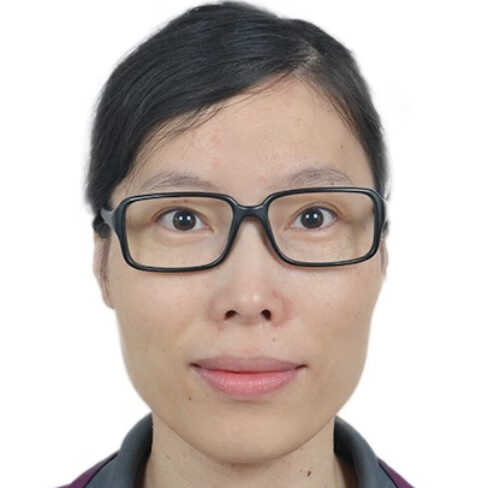髓内肿瘤(髓内瘤)
髓内肿瘤如何鉴别诊断?
髓内肿瘤的诊断方法
髓内肿瘤的诊断需结合 临床表现、影像学检查、实验室检查,必要时进行 活检或手术探查(金标准)。以下是详细的诊断流程:
一、初步评估(症状和体征)
1. 常见症状
疼痛:局部或放射性疼痛,可能夜间加重。
神经功能障碍:如感觉异常、运动无力、步态不稳。
自主神经症状:如膀胱或肠道功能障碍。
2. 体征
神经系统检查:可能发现感觉减退、肌力下降、反射异常。
脊髓压迫征象:如痉挛性瘫痪或 Brown-Séquard 综合征。
二、影像学检查(关键诊断工具)
1. 磁共振成像(MRI)
首选方法:T1 和 T2 加权像显示肿瘤位置、大小和特征。
增强扫描:使用钆对比剂以 better delineate tumor margins and vascularity.
优点:高分辨率,无辐射,可评估脊髓和周围结构。
2. 计算机断层扫描(CT)
适用情况:当 MRI 不可用或需要评估骨性结构时。
缺点:对软组织分辨率较低,有辐射暴露。
3. 其他影像学
脊髓造影:历史方法,现较少使用,可显示梗阻。
正电子发射断层扫描(PET):用于评估代谢活动,辅助鉴别良恶性。
三、实验室检查
1. 血液检查
常规检查:如全血细胞计数、生化 panel,排除其他 causes.
肿瘤标志物:某些肿瘤可能 elevated,但非特异性。
2. 脑脊液(CSF)分析
腰椎穿刺:可检测 elevated protein, cells, or malignant cells.
风险:可能引起 herniation in cases of increased intracranial pressure.
四、活检和组织学检查(确诊金标准)
1. 适用情况
当影像学 suggestive but not definitive.
To determine tumor type and grade for treatment planning.
2. 方法
手术活检:通过 laminectomy or minimally invasive techniques.
组织学分析:评估细胞类型, mitotic rate, and other features.
五、鉴别诊断
| Condition | Key Features | Distinguishing Factors |
|---|---|---|
| Ependymoma | Common in adults, often in cervical region | MRI shows well-circumscribed lesion with enhancement |
| Astrocytoma | More common in children, infiltrative | May have cystic components on MRI |
| Metastatic tumors | History of primary cancer elsewhere | Multiple lesions possible |
| Non-neoplastic conditions (e.g., demyelination) | Acute onset, may respond to steroids | MRI and clinical course differ |
六、诊断流程总结
Clinical evaluation:History and neurological exam.
Imaging:MRI with contrast as first-line.
Laboratory tests:Blood and CSF analysis if indicated.
Biopsy:For definitive diagnosis and grading.
关键点
🔹 Early diagnosis is crucial to prevent permanent neurological damage.
🔹 MRI is the cornerstone of non-invasive diagnosis.
🔹 Biopsy provides histopathological confirmation, essential for treatment decisions.
建议:Patients with suggestive symptoms should undergo prompt MRI evaluation to rule out or confirm髓内肿瘤.




